Minister Nguyen Chi Dung said that a breakthrough in transport infrastructure must be the top priority when planning the capital Hanoi, other things will follow.
Speaking at the Consultation Workshop on the Hanoi Capital Planning for the 2021-2030 period, with a vision to 2050, on January 9, Minister of Planning and Investment Nguyen Chi Dung assessed that inconvenience and traffic congestion cause great losses to the economy. Therefore, for a city to develop strongly, it is necessary to build a synchronous and modern traffic infrastructure to meet the needs of the people.
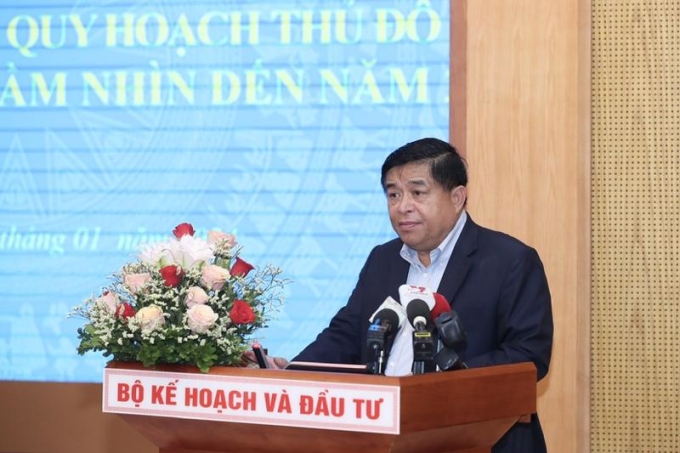
Minister Nguyen Chi Dung speaks at the Conference on the morning of January 9. Photo: VGP
"Among the breakthroughs for Hanoi in the coming time, transport infrastructure must be the number one priority, other breakthroughs such as institutions, economic structure, and human resources will follow to supplement," said the Minister.
Because according to him, if we do not prioritize, we will not have enough resources to develop. "It is necessary to build a program on synchronous traffic infrastructure for Hanoi in the next 10-15 years," he noted.
The Minister also suggested a separate project to develop urban railways for Hanoi as well as a strategy to convert cars and motorbikes from gasoline to electric vehicles. This is in the context of Vietnam implementing its commitments to green growth and emission reduction.
Agreeing with the Minister of Planning and Investment, Dr. La Ngoc Khue mentioned the urgent need to ensure public transportation. He said the goal of building 14 urban railway lines by 2030 is very difficult to achieve, and breakthrough solutions are needed.
According to Mr. Khue, Hanoi needs to raise the public transport usage index of its people after this program from 28% to 50%. When studying Singapore's traffic model, he realized that only when public transport meets half of the people's travel needs, will urban traffic return to order.
He said that Hanoi should set a goal of building specific urban railway lines in the next 15 years. He also recommended that the capital continue to complete urban railway line No. 3 Nam Thang Long - Tran Hung Dao, and invest in extending this line to Linh Nam. In addition, Hanoi needs to design urban railways in sync with other means of transport so that people can walk 400m to reach bus and taxi stations.
Previously, the representative of the consulting unit said that the Hanoi Capital Planning has proposed new points. In which, factors such as "creating a spillover effect to promote the development of the Red River Delta, the Northern key economic region, the Capital region and the whole country" and "inclusive, fast and sustainable development" were clearly stated.
Regarding spatial organization, the Capital Planning focuses on developing industries and fields along 5 economic corridors and belts, associated with 5 development axes; focusing on 5 types of space: construction, underground, digital, cultural and public (especially green space).
The plan also sets out 20 specific targets in terms of society, economy, environment, urban, rural areas, and national security and defense. Among the targets set for this period, Hanoi has identified a number of targets that are higher than the national average, such as: the proportion of digital economy accounts for 40% of GRDP; average income per capita reaches 13,500-14,000 USD; the area of public green space in urban areas is about 10-12 m2 per person; the urbanization rate reaches 65-70%.
Duc Minh
Source link



![[Photo] Prime Minister Pham Minh Chinh meets with the Policy Advisory Council on Private Economic Development](https://vphoto.vietnam.vn/thumb/1200x675/vietnam/resource/IMAGE/2025/5/8/387da60b85cc489ab2aed8442fc3b14a)
![[Photo] General Secretary To Lam begins official visit to Russia and attends the 80th Anniversary of Victory over Fascism](https://vphoto.vietnam.vn/thumb/1200x675/vietnam/resource/IMAGE/2025/5/8/5d2566d7f67d4a1e9b88bc677831ec9d)
![[Photo] General Secretary concludes visit to Azerbaijan, departs for visit to Russian Federation](https://vphoto.vietnam.vn/thumb/1200x675/vietnam/resource/IMAGE/2025/5/8/7a135ad280314b66917ad278ce0e26fa)
![[Photo] President Luong Cuong presents the decision to appoint Deputy Head of the Office of the President](https://vphoto.vietnam.vn/thumb/1200x675/vietnam/resource/IMAGE/2025/5/8/501f8ee192f3476ab9f7579c57b423ad)
![[Photo] National Assembly Chairman Tran Thanh Man chairs the meeting of the Subcommittee on Documents of the First National Assembly Party Congress](https://vphoto.vietnam.vn/thumb/1200x675/vietnam/resource/IMAGE/2025/5/8/72b19a73d94a4affab411fd8c87f4f8d)
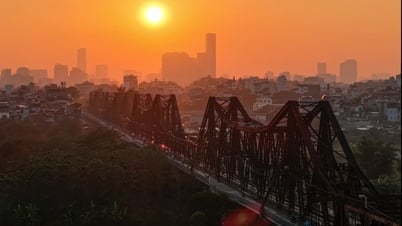









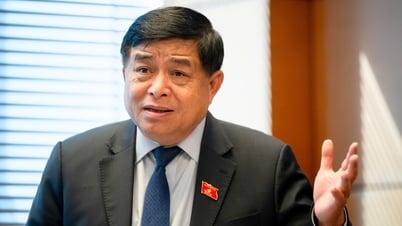
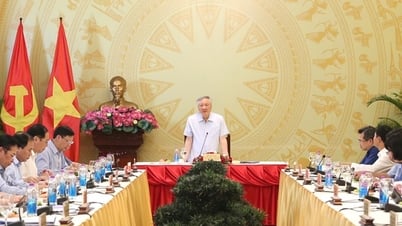
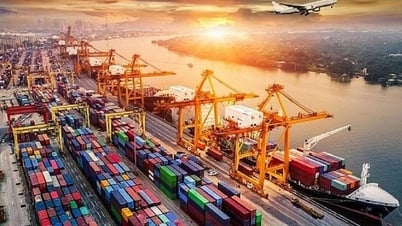
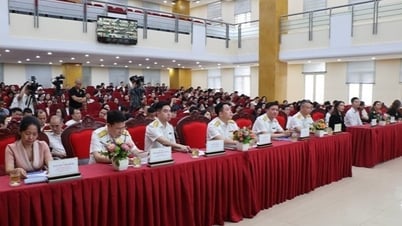

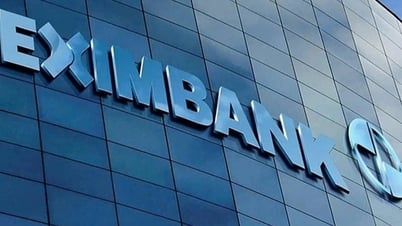
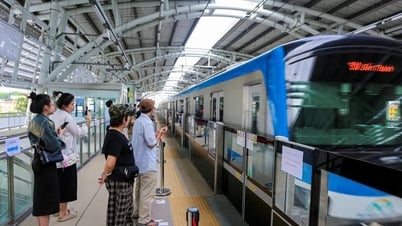










































![[Photo] Prime Minister Pham Minh Chinh talks on the phone with Singaporean Prime Minister Lawrence Wong](https://vphoto.vietnam.vn/thumb/402x226/vietnam/resource/IMAGE/2025/5/8/e2eab082d9bc4fc4a360b28fa0ab94de)


















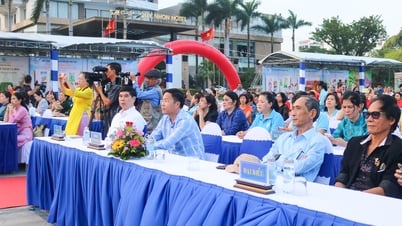















Comment (0)